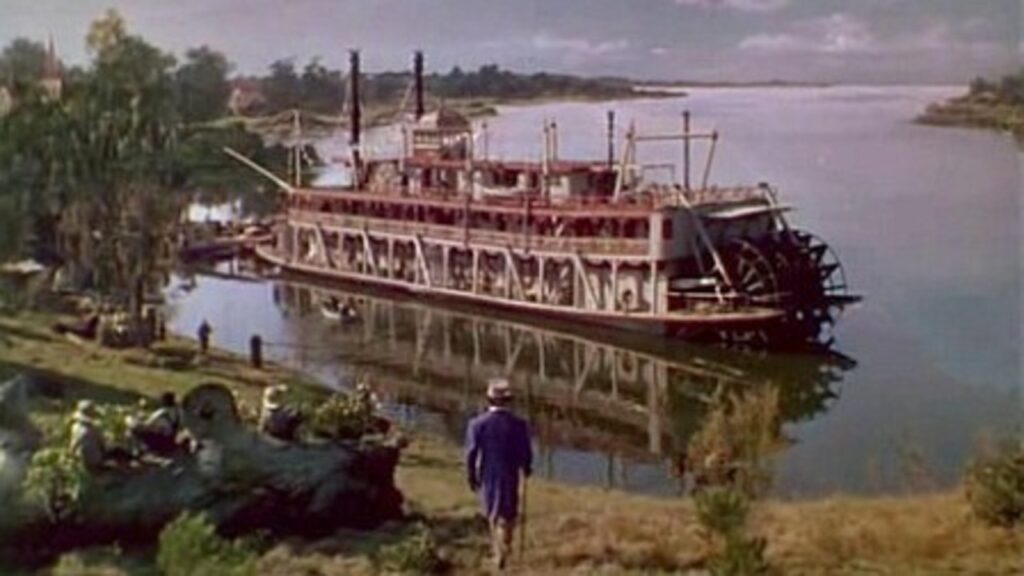
Born on September 9th, 1894, Arthur Freed would be destined to lead one of the most remarkable lives in Hollywood history. For a decade spanning 1929 to 1939, Freed worked as one of the most sought after lyricists at MGM. He, along with Edmund Goulding, helped shape the genre of MGM musicals with the film Broadway Melody (dir. Beaumont, 1929) whose template would be used over and over again, and whose musical numbers would re-emerge in the Stanley Donen and Gene Kelly directed Singin’ in the Rain (1952).
But Arthur Freed would do more than just help to invent the musical formula at MGM; going on to head his own division as a producer after his success, though uncredited, as associate producer and lyricist on the film The Wizard Of Oz (dir. Fleming, 1939). It would be in the post-war years that Freed’s division at MGM would find its greatest achievements with a string of critical and commercially successful movie musicals. The best-known films Freed produced during this era were the films of Donen and Kelly, Easter Parade (dir. Walters, 1948), Show Boat (dir. Sidney, 1951) and Gigi (Minnelli, 1958).
The films Freed produced between 1944 and 1960 are his most lavish and impressive from the perspective of film craft and production value. Consider George Sidney’s film Show Boat which I recently revisited for the first time in years two nights ago as part of a triple feature that also included Broadway Melody and There’s No Business Like Show Business (dir. Lang, 1954). Show Boat is a momentous back lot production, a testament to absolute control and aesthetic perfection. Freed’s clout at MGM enabled him to have his pick of the best costume designers, set designers, lighting directors, crafts people and technicians MGM had to offer in 1951. Freed’s tyrannical behavior and search for perfection drove all of these elements, George Sidney included, to correlate around a cohesive style that would become the defining visual palette of Show Boat.
Show Boat, like all of Freed’s best productions, has an awe inspiring sense of artifice, a high style that transcends reality and roots the film firmly within the world of human imagination. No film today achieves the stylization, the originality and the optimism, of Freed’s classic productions. Of course to contemporary audiences some of the artifice may be read as camp, but that is beside the point. What Freed understood, and perhaps he picked this up from Goulding in his early days, is that musicals can only be believed if their entire universe exists in a world of, as the song goes, “make believe”.
